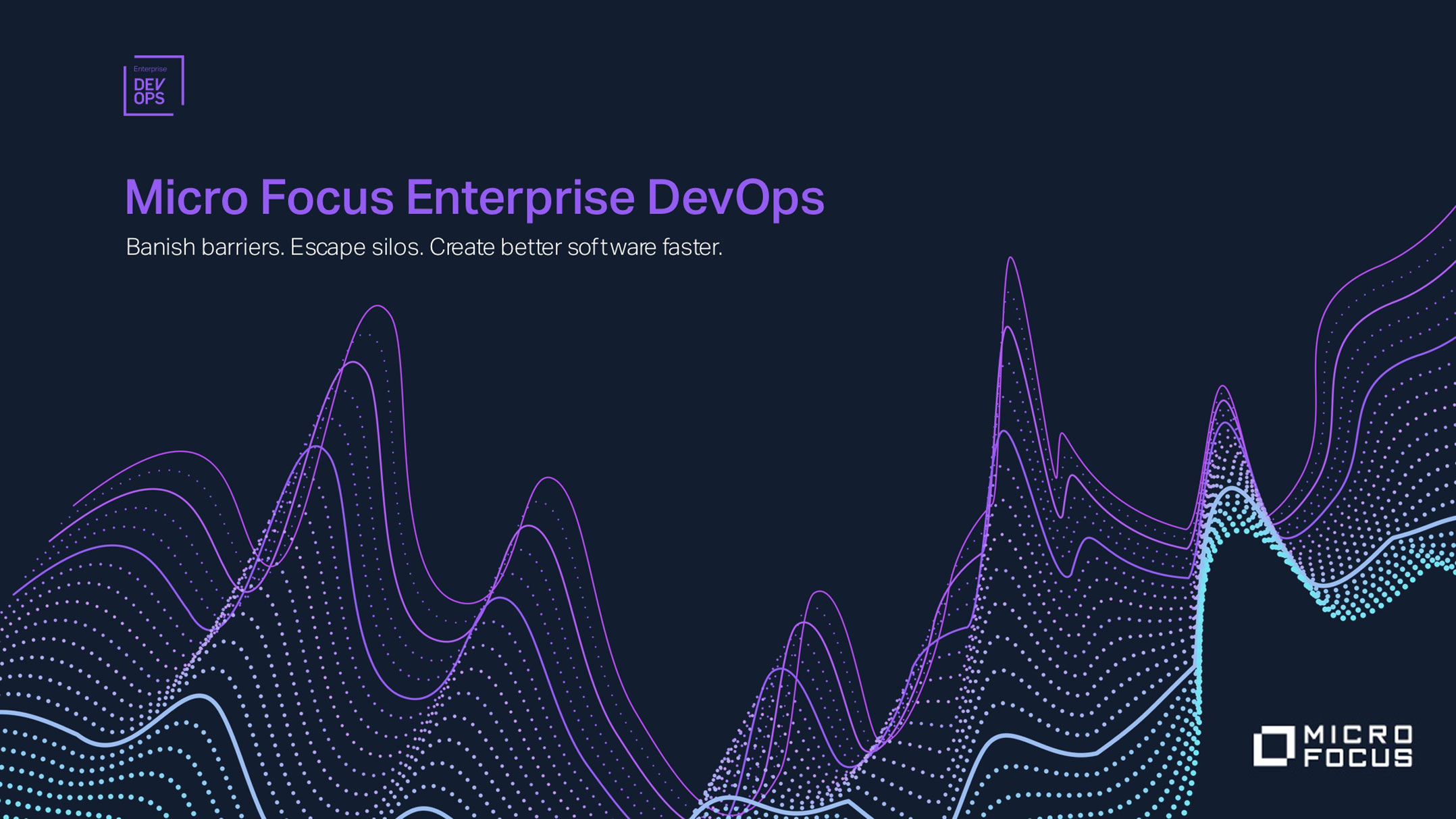 A project management style for software development pioneered in the 1940s is still commonly used in countless companies, with no sign of it drying up.
A project management style for software development pioneered in the 1940s is still commonly used in countless companies, with no sign of it drying up.
The Waterfall style is named for the distinct stages like modelling, development and testing that a project goes through to reach completion. But as speed to market becomes more crucial than perfection, companies are seeking faster alternatives.
The newer Agile method pulls together cross-functional teams of developers, designers, business analysts and quality gurus, whose close cooperation creates a more a customer-centric product.
DevOps has emerged more recently, enhancing that by adding the operations and security teams, and automating several stages to eliminate human error and speed up delivery. The solutions they build have no clear end but provide continuous improvements to optimise the customer experience based on feedback from all the players.
IT experts from major companies recently shared their experiences at a TechCentral CIO Vision Roundtable on DevOps: Release Velocity hosted by Micro Focus, and shared advice about using DevOps to match today’s rapid business pace.
The challenge is that Agile and DevOps require a different way of working, with people taking responsibility for more than their isolated silo. Budgeting must also change since there is no longer a definite start and finish to a project.

Clinton Fung, head of innovation technology at African Bank, said the Waterfall model of build, run and get something released had never been great, as the operational team complained and developers complained. Developers wanted to take ownership of their creation and empowering them to do that was a win-win for them and for the business, he said. But for DevOps to succeed, teams must gel and everyone must learn what’s involved at each step and take ownership for delivering benefits for the customers.
African Bank was looking at what automation it needed to meet increased customer demands, without allowing the speed of change to destabilise the systems, Fung said.
“You get some businesspeople with great ideas who want to get something into the market quickly, but it needs resilience. We want the pipeline to be easy enough for anyone to use but resilient enough so it can’t break the customer experience.”

MTN has a Waterfall setup with small pockets transforming to Agile, said Richard Askham, GM of enterprise IT transformation delivery. The aim is to switch to Agile and DevOps to achieve a continuous value stream, but the implementation will have issues.
“The challenge we’ve had is that it’s not an incremental change, it’s total transformation of what you’re doing in your business. Your supply chain and how you on-board services needs to change, how you fund projects and how you see budgets needs to change. You need to rethink from the ground up.”

Absa runs a hybrid environment and still used Waterfall with its mainframes, said head of technology Verushca Hunter. “Where you can make it work you make it work, but in certain instances it’s not possible. Embrace the hybrid nature of this,” she advised.
Sasol has also started the journey, but its tools aren’t all ready yet, said Tshepo Mokgoto, global head of IT infrastructure services. Automated testing has been implemented so anything built from scratch can follow the DevOps system, but other areas still follow the traditional route.

Eskom was exploring DevOps because its continuous integration and delivery method minimises the time and cost from development to production, said its senior advisor of analytics and digital strategy. But he’s concerned about how the governance aspect could slow things down. How do you balance governance with changing the organisational culture, he asked.
Fung said you don’t want to slow down to a halt, but you do need to protect the business and put in guardrails that make it easy to address regulatory concerns. Agile teams need to be aware of the changes they are making, what that means from a customer perspective, and any additional risks it poses to the business. A company with a “silo approach” to governance should bring those siloed teams into the process to transfer their knowledge to the delivery team, Fung suggested.

Automation is essential for release velocity, the panellists agreed, but putting automation in place takes time. Philip Meyer, vice president of product engineering at Sage, said some legislative changes gave the company only a few weeks to modify its accounting software, so the automation tools in the continuous build processes still had to be augmented with manual intervention.
Another hitch can be bottlenecks, if teams create new releases quickly but the testing or release environments aren’t automated yet. “A lot of our customers say great, we’ve got Agile, but we can’t test fast enough, and where we’ve tested fast enough, we can’t release quickly enough,” said Gary De Menezes, country leader for Micro Focus. “That really is what release velocity is about – how you automate the releasing into production safely – and that’s people, process and technology.”

Capitec Bank has eliminated delays caused by different departments being responsible for testing and for implementation. Developers now do their own automated testing and initiate an automated move into production, speeding everything up, said Lothar Hinze, Capitec’s technical team lead for management information systems.
That cultural shift was vital because many software developers had a one-dimensional approach instead of keeping abreast of various approaches and technologies, said Peter Robb, group chief enterprise architect at Multichoice. He’s adopting cloud-based systems and breaking large systems into smaller components so DevOps can be implemented, although some old systems can’t be adapted. “It’s about cleaning up the way we work and introducing the right culture and the right standards, meaning process, toolsets and roles,” Robb said.

DevOps will spring up all over a business because it’s cool and adds some value, but unless you centralise it with a strong vision and a strategy covering people, processes and technology, it will be stop-start, he warned. “What we’ve done is start to centralise it, using best practices from outside and from our internal teams, and putting in place the right level of governance and accountability.”
Sanlam CIO Ashley Singh is also grappling with implementing DevOps, and agreed it depends on the people. “If you don’t change the culture to operate in an agile environment, irrespective of the tools, you’ll be set up for failure. Sanlam is largely a plan, build and run setup, and trying to change the way of working is difficult. I’m the new IT leader who wants to bring in radical changes, and it’s difficult,” he said.

MTN’s Askham hopes a transformation initiative at his company will change the methodology, partly thanks to pressure from the CEO. “You need to get that senior support because it’s not just an IT transformation. Agile isn’t easy, it’s like learning to be a ninja – it takes a lot of training but once you’ve got it, you’re good at it.”
However, he anticipates pushback from people committed to Waterfall. “You’re going to ask a big chunk of your organisation to become incompetent at something while they learn how to do it, and nobody is comfortable doing that. You’ll find resistance because they’re going to be doing something they have no good experience in. They’ll go on training and competence is going to come, but not immediately.”

Veletia Worthington, senior systems analyst at Discovery Life, agreed that people would oppose disruption, so executive buy-in was crucial. “What shifts their thinking is when you can show them tangible evidence that things are not as efficient as they could be. You have to show where you could gain advantages using facts.” Getting the teams to understand the priorities, focus on the client experience, and ensure visibility throughout the process was also important, she added.
The department of justice is starting a DevOps journey, but was very strict on governance and processes and change didn’t happen quickly, said Prian Naicker, its acting head of information systems management. They expected perfection in a system and couldn’t deal with an experimental approach, he explained.
His tactic was incremental, first using the Agile model on internal apps like HR functions. Then he could win some champions within the organisation to convince the exco to proceed, he hoped.
Budgeting must also change once a project no longer has an end, but delivers ongoing improvements. Old Mutual has made big investments in Agile, funding integrated IT and business teams to speed up their time to market. Old Mutual was quite comfortable investing in cross-departmental alliances if it delivered improvements, said Magan Naidoo, its head of data and information management.
- This promoted content was paid for by the party concerned




